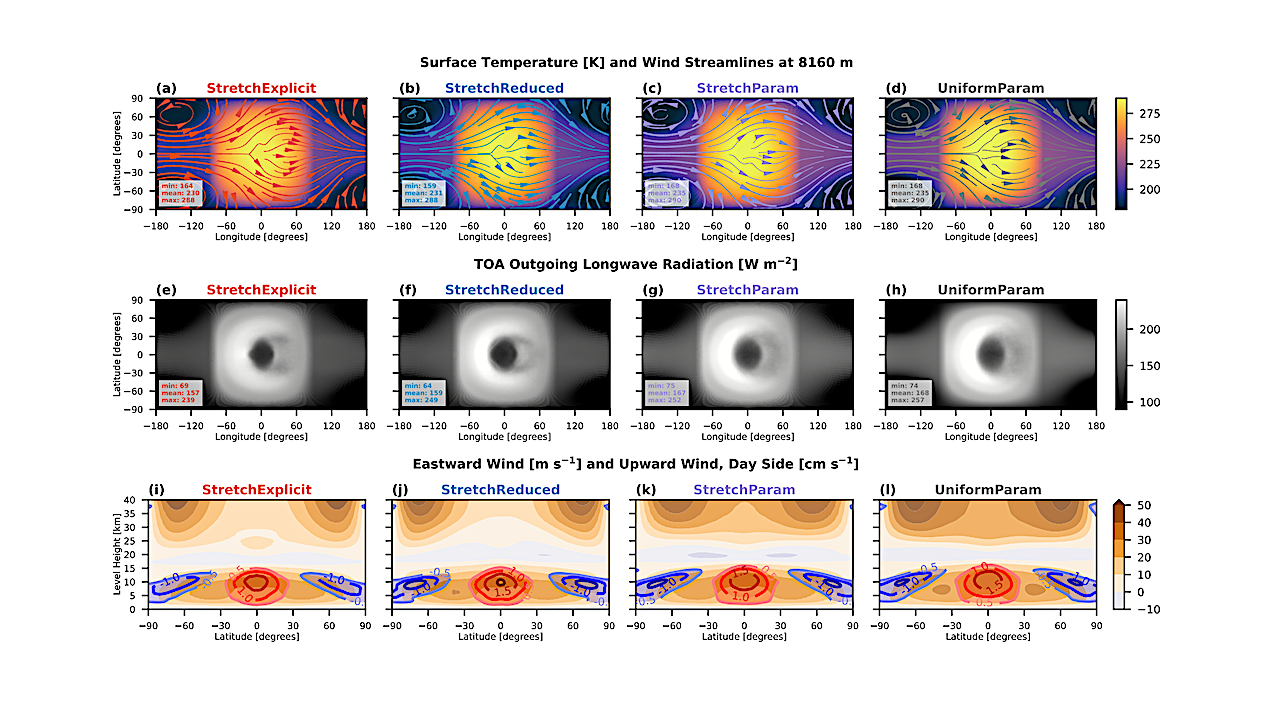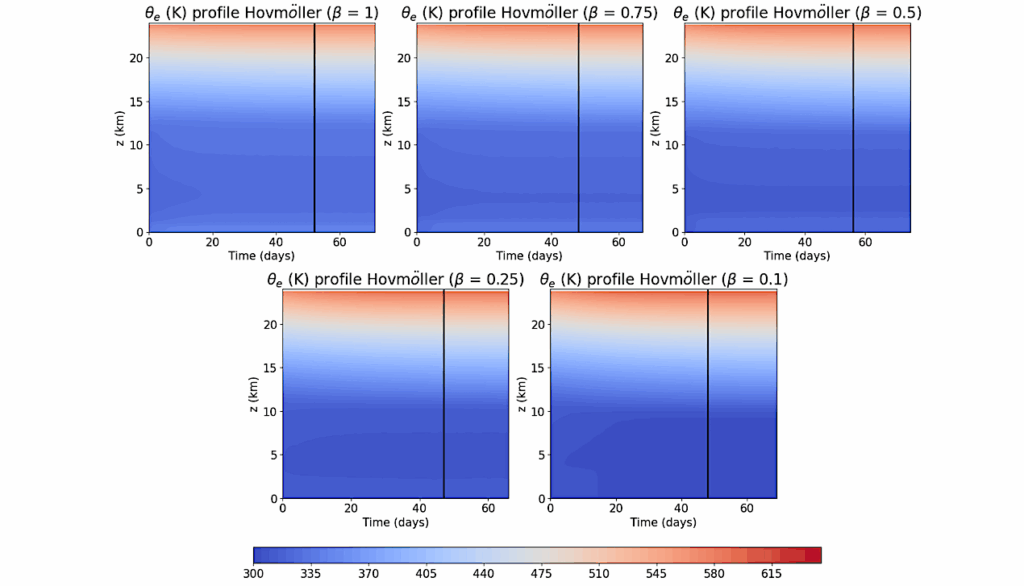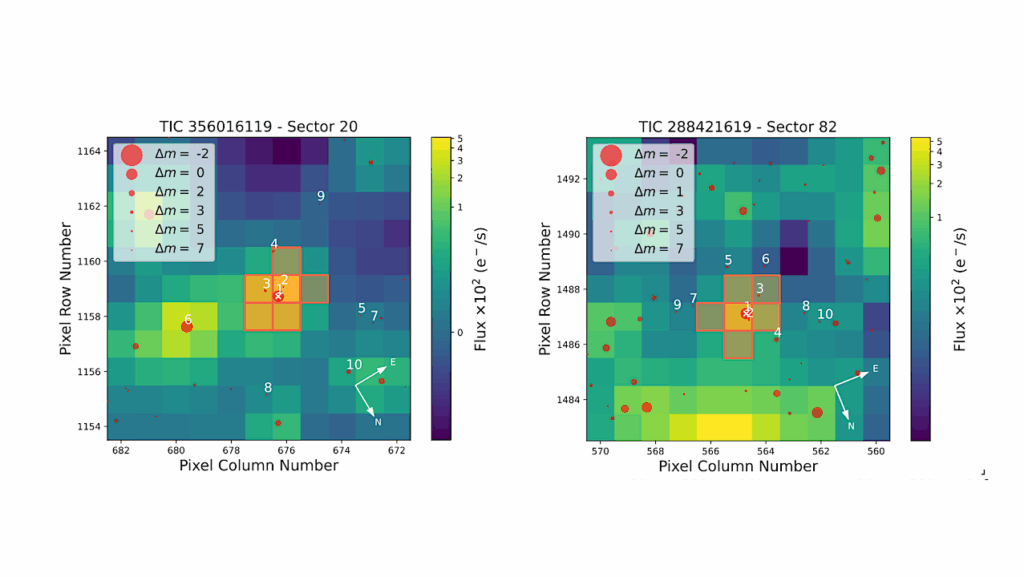The Impact Of The Explicit Representation Of Convection On The Climate Of A Tidally Locked Planet In Global Stretched-mesh Simulations

Convective processes are crucial in shaping exoplanetary atmospheres but are computationally expensive to simulate directly.
A novel technique of simulating moist convection on tidally locked exoplanets is to use a global 3D model with a stretched mesh. This allows us to locally refine the model resolution to 4.7 km and resolve fine-scale convective processes without relying on parameterizations.
We explore the impact of mesh stretching on the climate of a slowly rotating TRAPPIST-1e-like planet, assuming it is 1:1 tidally locked. In the stretched-mesh simulation with explicit convection, the climate is 5 K colder and 25% drier than that in the simulations with parameterized convection. This is due to the increased cloud reflectivity and exacerbated by the diminished greenhouse effect due to less water vapor.
At the same time, our stretched-mesh simulations reproduce the key characteristics of the global climate of tidally locked rocky exoplanets, without any noticeable numerical artifacts. Our methodology opens an exciting and computationally feasible avenue for improving our understanding of 3D mixing in exoplanetary atmospheres. Our study also demonstrates the feasibility of a global stretched mesh configuration for LFRic-Atmosphere, the next-generation Met Office climate and weather model.

Clouds and precipitation in the simulations with stretched (StretchExplicit, StretchReduced, StretchParam) and quasi-uniform (UniformParam) mesh. (a–d) Maps of instantaneous vertically integrated cloud water (liquid plus ice) at the end of the simulations (kg m2 ). (e–h) Maps of instantaneous precipitation rate (mm day−1 ). The substellar point is at the center of the maps (0◦N, 0◦E). (i) Histogram of instantaneous precipitation rate interpolated to a common quasi-uniform mesh (same mesh as in the UniformParam simulation). The histogram shows the percentage of grid cells with precipitation above 1 mm day−1 , binned with a step of 5 mm day−1 . Note the logarithmic scale of the vertical axis. The inset shows the percentage of grid cells with precipitation below 1 mm day−1 (weak or non-precipitating points). (j) Bar chart of cloud area fraction (%) grouped by different heights. Experimental setup is detailed in Fig 1 and Sec. 2. — astro-ph.EP
Denis E. Sergeev, Ian A. Boutle, F. Hugo Lambert, Nathan J. Mayne, Thomas Bendall, Krisztian Kohary, Enrico Olivier, Ben Shipway
Comments: 14 pages, 6 figures
Subjects: Earth and Planetary Astrophysics (astro-ph.EP); Instrumentation and Methods for Astrophysics (astro-ph.IM); Atmospheric and Oceanic Physics (physics.ao-ph)
Cite as: arXiv:2402.19277 [astro-ph.EP] (or arXiv:2402.19277v1 [astro-ph.EP] for this version)
Submission history
From: Denis Sergeev
[v1] Thu, 29 Feb 2024 15:45:08 UTC (4,593 KB)
https://arxiv.org/abs/2402.19277
Astrobiology,








